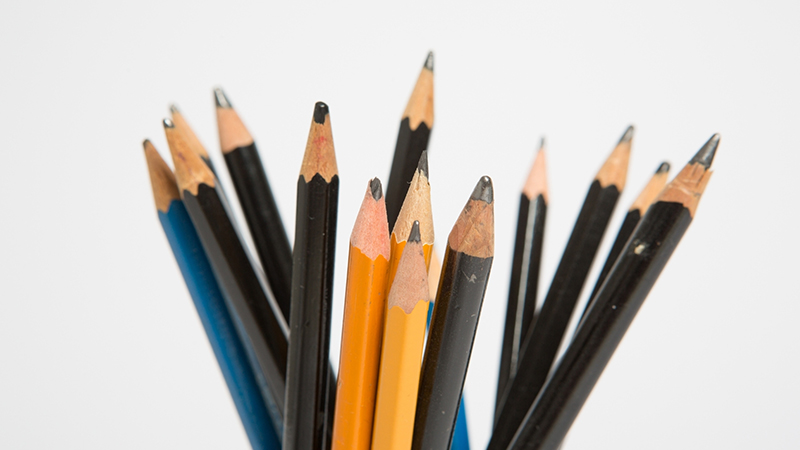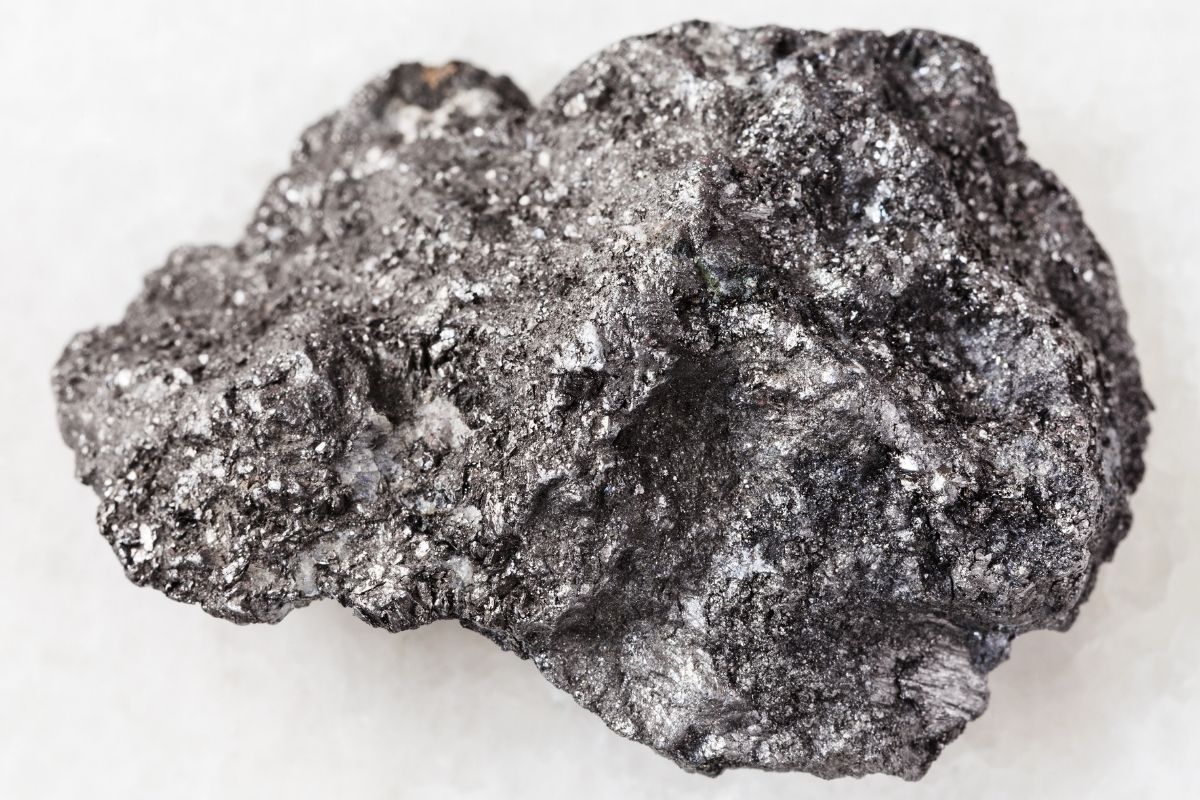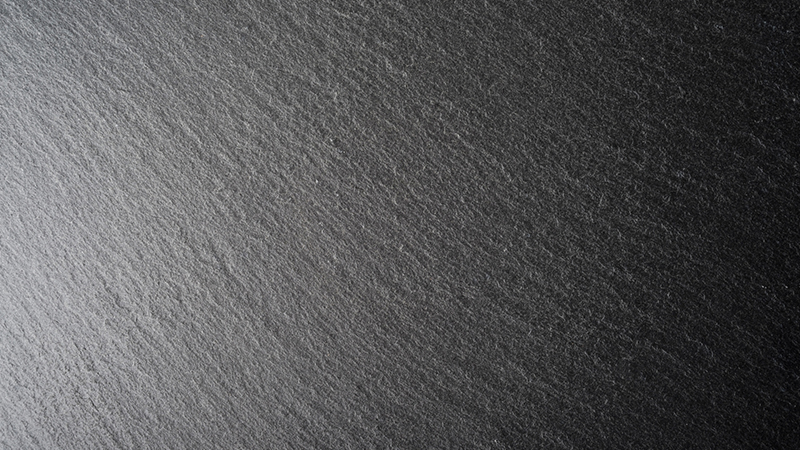What Color Is Graphite? About Graphite Color
In this article, we talk about what color is graphite. You’ll learn about its origin and how it can be used in your everyday life.
Do you know that Number 2 pencil you likely used throughout school (until teachers started insisting you write in pen more and more)? The shades you most probably filled countless standardized test circles in with? Are the colors of both doodles and sketches alike?
That is graphite gray.
What Color Is Graphite?
Graphite is both a mineral and a color.
As a mineral, it occurs naturally and is when it’s in its purest state-essentially solidified carbon. In fact, it is a sort of elemental kin with diamonds, which are also a form of solidified carbon. Only far more numerous and far less valuable. Though it would be much harder to paint and color with diamonds.
As a color, graphite is one of the oldest pigments ever used by humans. We have evidence of graphite being used as ceramic paint to color pottery as far back as 5000 BCE. In particular, by the Boian culture of Neolithic Europe, in the southeast.
Borrowdale parish of Cumbria, England, extensively used a massive natural graphite deposit that was found in the early 1500s to mark the parish’s sheep. During the latter 1500s and the turn of that century, during the time of Queen Elizabeth I, that same graphite out of Borrowdale was used to line the molds that made cannonballs.
Thanks to the graphite’s resistance to heat, Borrowdale’s cannonballs were incredibly smooth and round compared to those made elsewhere in England.
Graphite wouldn’t get its actual name until 1789. In German, it was called graphit by Abraham Gottlob Werner, who was a mineralogist. He adapted the name from the Greek word graphein which means “to write,” mainly because of how ubiquitous graphite was in the making of pencils.
Since the 1500s, the pencil lead (which does not actually contain lead as many have assumed by the name alone) was created out of naturally occurring English graphite. This went on until 1795 when the French military officer, balloonist, and painter Nicholas-Jacque Conté (who has an eyepatch!) took graphite that had been powdered and combined it with clay. Thus, creating the mixture used in the lead of modern pencils. The origin of the term ‘lead’ in regard to pencils is attributed to how similar graphite gray appears to the metal lead’s coloration.
Graphite has also been called ‘black lead,’ ‘plumbago,’ and ‘potlot.’ Plumbago was once used to identify natural graphite. Plumbago originates from the Latin word plumbum, which means lead. In turn, the metal lead was named for how much its grey and metallic sheen resembled the natural coloration of plumbagos flowers.
As for black lead, interestingly, when people use that term, they are most likely referring to graphite that has been processed or turned into a powder. Such graphite almost always appears to have a matte black coloration.
What Colors and Shades Does Graphite Come in?
Graphite as a color can come in a wide range of shades that start with gray and extend to black. Appearance-wise, it is usually metallic and opaque. It is highly compatible with nearly all other colors and pigments.
Graphite gray can be found listed and identified in multiple different color codes.
In the PMS code, graphite can be identified as Cool Gray 11 C.
The HEX Code, which is very popular in the graphic design industry, identifies Graphite as ‘#53565B.’
In addition, the various shades of graphite are listed in the HEX Code as:
- #3C3F45
- #5F6369
- #999FA8
- #D3DBE8
Within the RGB system (the red, green, and blue spectrum) graphite is composed of (83, 86, 91).
According to the four-color system of CMYK, graphite gray’s values are (9, 5, 0, 64).
How Do I Use Graphite Grey?

As a color, graphite gray stands out as a “neutral” option compared to the likes of white, beige, or tan. Some regard it as more sophisticated than black (which some argue is overused and too stark) and more dramatic than neutral hues of lighter tones.
Graphite gray is an excellent color to use when a design task calls for both complexity and specificity. As a color, graphite gray enjoys quite a great deal of popularity with both designers and clients. Despite its popularity and its appearance, graphite gray itself can be a complex shade to generate, whichever graphic system you use. It can be all too easy to end up with a different shade of gray if you do not have the faintest idea of what you’re working with.
Whites, blues, and purples often go well with graphite grey. As do a few greens. Graphite grey also does well when contrasted with warm oranges, yellows, or pinks. Brighter whites also contrast well with graphite grey to an exceptional degree.
Graphite gray also goes exceedingly well with the following colors, here listed according to the HEX Code:
- #A89877
- #A8A8A8
- #5C5954
- #8895A8
The Bottom Line
As a color, graphite possesses a surprising amount of variation and versatility for a shade found in something as common as a pencil. Its uses as color are near without limit. Furniture, fashion, interior design, art, website design, and graphic novels (as the entire manga industry can attest), all benefit from something found in an elementary school student’s backpack.
Hope you enjoyed learning about the color graphite.
Read Latest Posts

Hi, I'm Anthony Tran! Welcome to my site. I live in Arizona and am obsessed with all things related to building an Online Business and working from home. Learn about my journey here.
Follow Online




